Granite countertops dangerous?
wekick
15 years ago
Related Stories
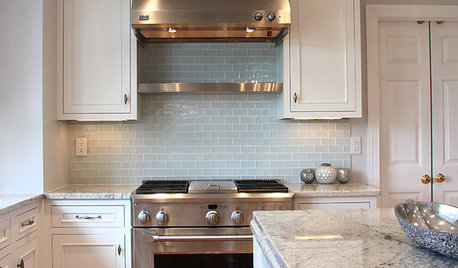
KITCHEN DESIGN5 Favorite Granites for Gorgeous Kitchen Countertops
See granite types from white to black in action, and learn which cabinet finishes and fixture materials pair best with each
Full Story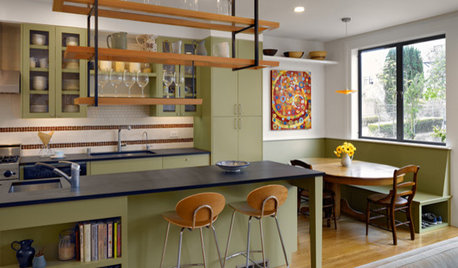
KITCHEN DESIGNAlternatives to Granite Countertops, Part III
9 more reasons to rethink the granite kitchen counter
Full Story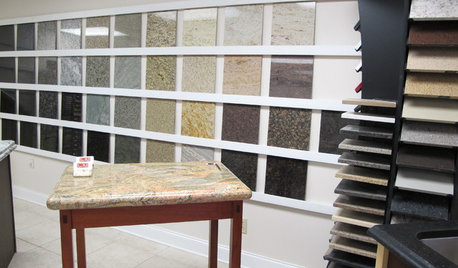
KITCHEN COUNTERTOPSWalk Through a Granite Countertop Installation — Showroom to Finish
Learn exactly what to expect during a granite installation and how to maximize your investment
Full Story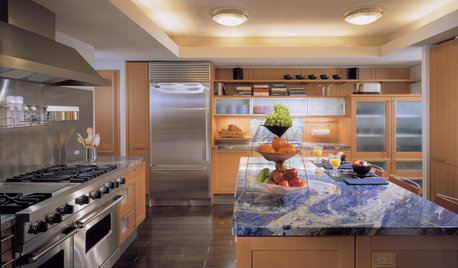
KITCHEN DESIGNAlternatives to Granite Countertops, Part II
Still looking for a new kind of countertop? Try sodalite, zinc, limestone, onyx and more
Full Story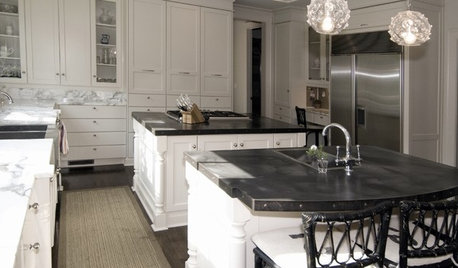
KITCHEN COUNTERTOPSKitchen Countertop Materials: 5 More Great Alternatives to Granite
Get a delightfully different look for your kitchen counters with lesser-known materials for a wide range of budgets
Full Story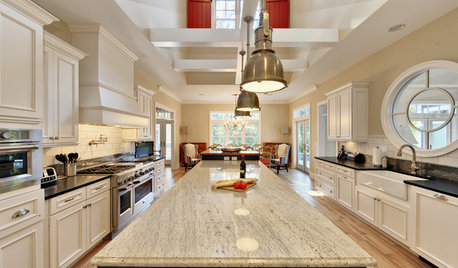
KITCHEN COUNTERTOPSKitchen Countertops: Granite for Incredible Longevity
This natural stone has been around for thousands of years, and it comes in myriad color options to match any kitchen
Full Story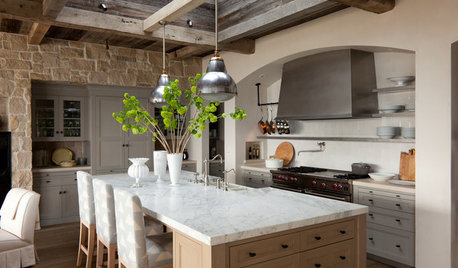
KITCHEN DESIGNHouzz Quiz: What Kitchen Countertop Is Right For You?
The options for kitchen countertops can seem endless. Take our quiz to help you narrow down your selection
Full Story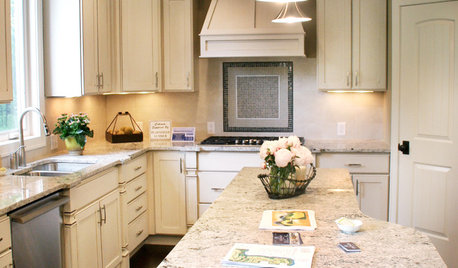
KITCHEN DESIGNKitchen Countertops 101: Choosing a Surface Material
Explore the pros and cons of 11 kitchen countertop materials. The options may surprise you
Full Story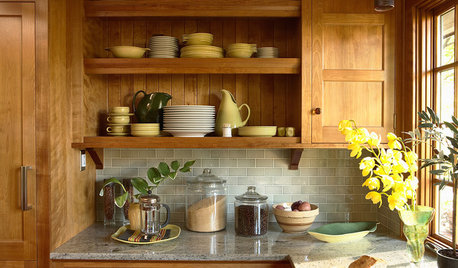
KITCHEN BACKSPLASHESHow to Choose a Backsplash for Your Granite Counters
If you’ve fallen for a gorgeous slab, pair it with a backsplash material that will show it at its best
Full Story





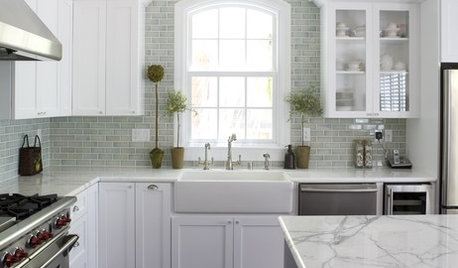


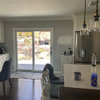
luvmyguys
w_j_llope
Related Professionals
Montebello Kitchen & Bathroom Designers · Chicago Ridge Kitchen & Bathroom Remodelers · Cleveland Kitchen & Bathroom Remodelers · Londonderry Kitchen & Bathroom Remodelers · Rancho Cordova Kitchen & Bathroom Remodelers · Saint Augustine Kitchen & Bathroom Remodelers · Toms River Kitchen & Bathroom Remodelers · Winchester Kitchen & Bathroom Remodelers · Middlesex Kitchen & Bathroom Remodelers · Citrus Heights Cabinets & Cabinetry · Hopkinsville Cabinets & Cabinetry · Little Chute Cabinets & Cabinetry · Bellwood Cabinets & Cabinetry · Charlottesville Tile and Stone Contractors · Whitefish Bay Tile and Stone Contractorsrevans1
w_j_llope
mom2lilenj
revans1
housepoor2
w_j_llope
revans1
revans1
services_huligar_com
sue_ct
chrismwgl
sue_ct
chrismwgl
chrismwgl
sue_ct
sue_ct
luvmyguys
w_j_llope
w_j_llope
revans1
sue_ct
w_j_llope
sue_ct
rebccah990
chrismwgl
revans1
ctkitchenremodel
ctkitchenremodel
brian.nickleson
revans1
ctkitchenremodel
sue_ct
paulines
revans1
sue_ct
revans1
melanie1121
revans1
sue_ct
chrismwgl
paulines
sue_ct
paulines
luvmyguys
revans1
chrismwgl
Gina_W
dmanclassic_yahoo_com